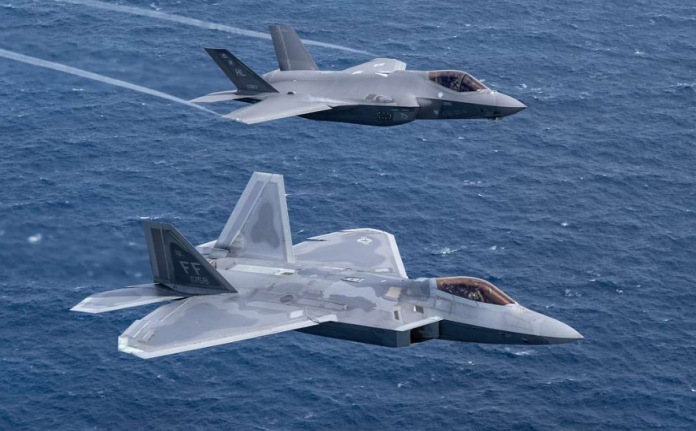
Can a single aircraft reshape the equilibrium of air power throughout an entire coalition? Since its introduction in 2005, the F-22 Raptor has accomplished exactly that. Conceived after decades of stealth technology development, it combined invisibility, speed, and accuracy into one vehicle establishing an unprecedented standard for fifth-generation fighters.
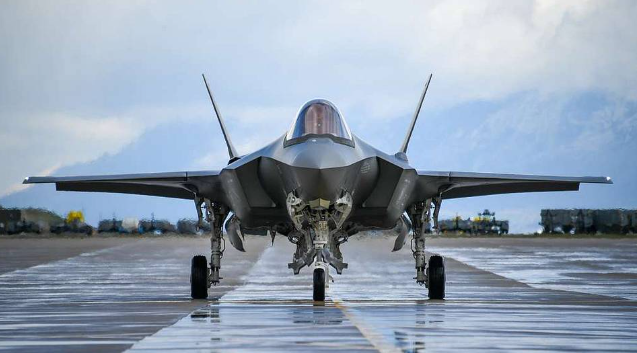
The United States has led the way in sharing many of its advanced systems with allied nations within NATO, most notably the F-35 Lightning II, but not the Raptor. This exclusivity, combined with its capabilities, means the U.S. Air Force maintains a decisive advantage over any prospective enemy. Taking into account NATO’s air fleets, stealth history, and the shifting geopolitical environment, the magnitude of this advantage is revealed.
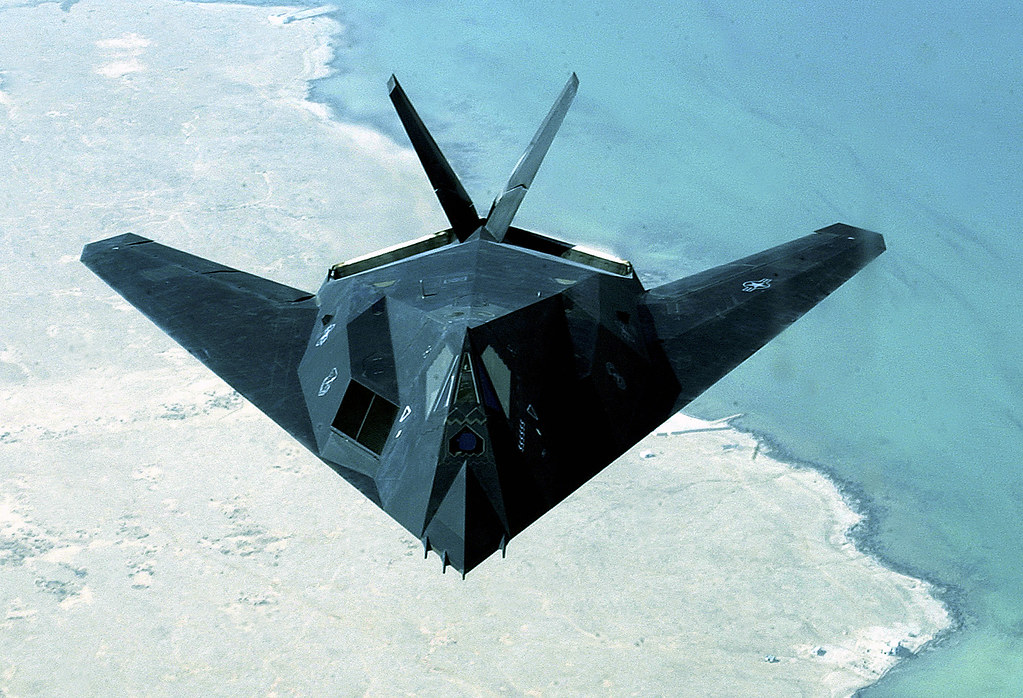
1. The Stealth Monopoly of the Raptor
Over twenty years, the U.S. Air Force has had a monopoly on operational stealth fighters, starting with the F-117 Nighthawk and ending in the F-22 Raptor. Maj. Gen. David A. Deptula informed the House Armed Services subcommittee that stealth aircraft can “operate with great precision and survivability in the modern air defense environment an environment where nonstealthy aircraft simply cannot go.” This capability is still exclusive among NATO members, as no ally operates the Raptor. America’s decision to hold back F-22 exports maintains an asymmetrical edge in survivability and operational reach.
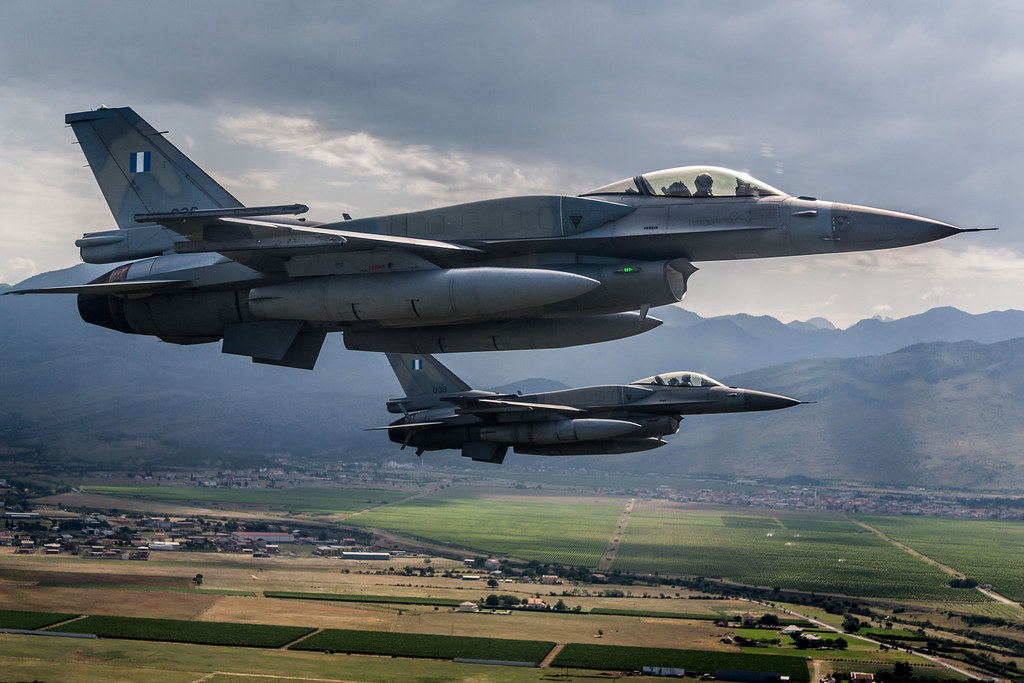
2. NATO’s Air Power Gap in Figures
The contrast between combat aircraft inventories is stark. Although Turkey’s reported 13,043 military aircraft figure is artificially inflated by training and support platforms, the United States has more than 1,300,000 active personnel and 701,319 in the Air Force alone, supported by the world’s largest defense budget of $895 billion. Italy, France, and the UK dominate Europe’s fleets, but none approach the U.S. in stealth penetration ability. Even the most capable NATO air forces are dependent on multi-generational fighters, rendering them more susceptible to vulnerable environments.
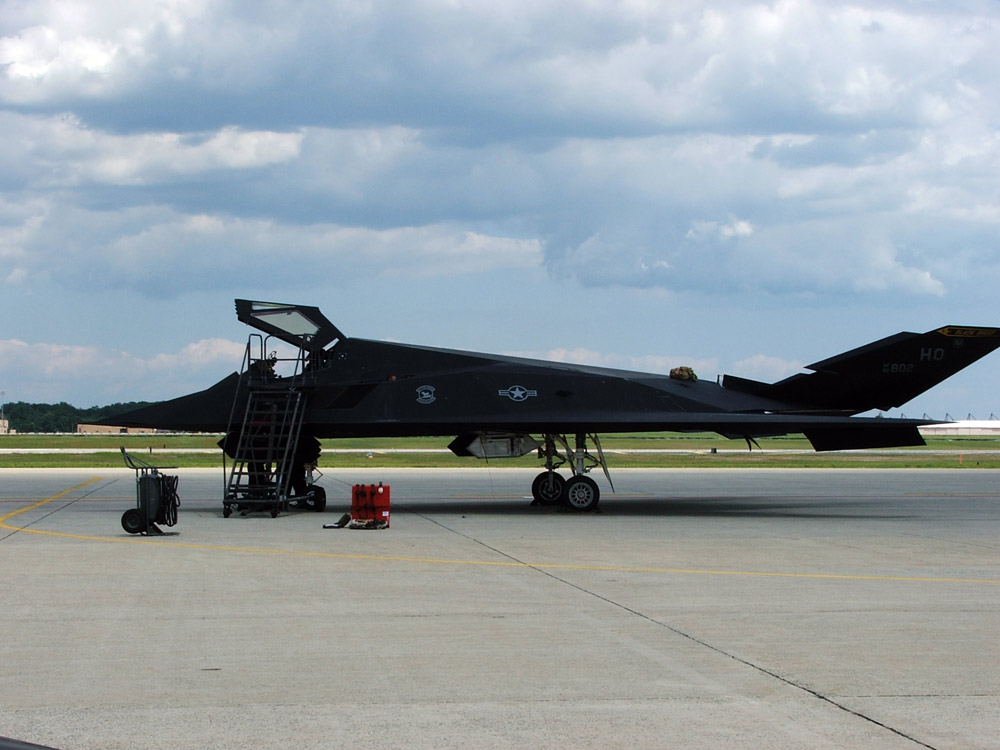
3. Stealth Combat Lessons Learned
Stealth’s wartime performance from the F-117 over Baghdad to the B-2 over the Balkans illustates its contribution to one-sided victories. The 1999 downing of an F-117 over Kosovo, characterized by Gen. John P. Jumper as “a lucky shot,” highlighted that stealth is not invisibility but a drastic decrease in detectability. Maintenance breakthroughs, like robotics applied to Radar Absorbent Materials, since have increased readiness and diminished radar signatures further, staying ahead of enemy countermeasures.
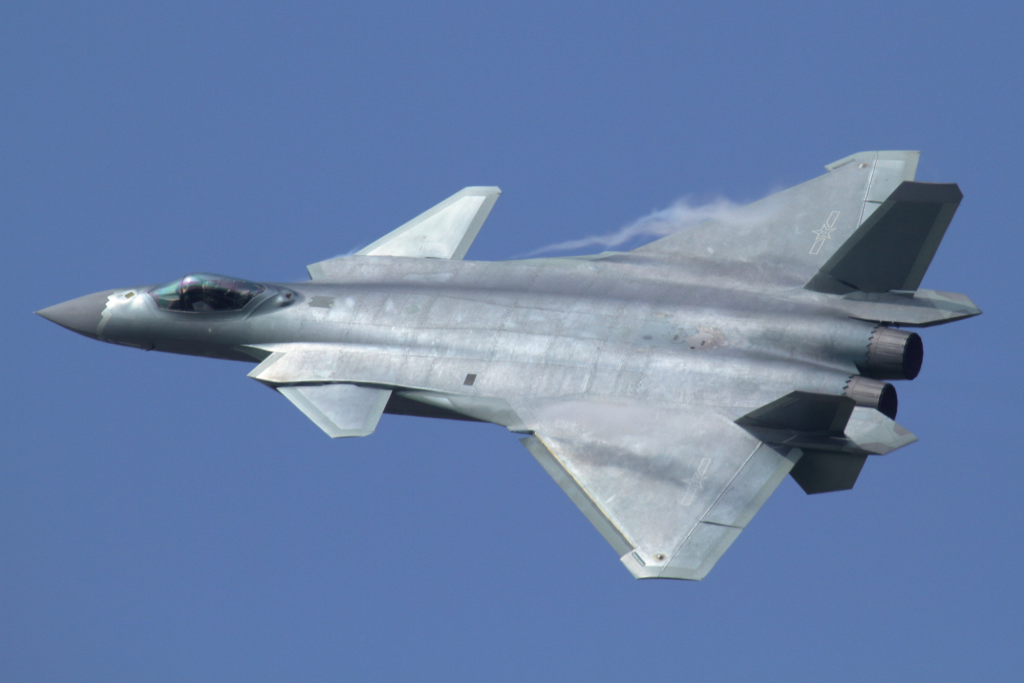
4. F-22 and China’s J-20
China’s Chengdu J-20 “Mighty Dragon” was designed with design information allegedly stolen from American projects, but simulations even by Chinese coders indicate that one J-20 has less than a 10% chance of beating an F-22 in one-on-one combat. The use of external pylons for long-range missiles detracts from stealth, and the radar cross-section is estimated to be 100 times larger than the Raptor’s. While the J-20 has superior range, the F-22’s thrust vectoring and internal carriage provide it with decisive survivability and agility.
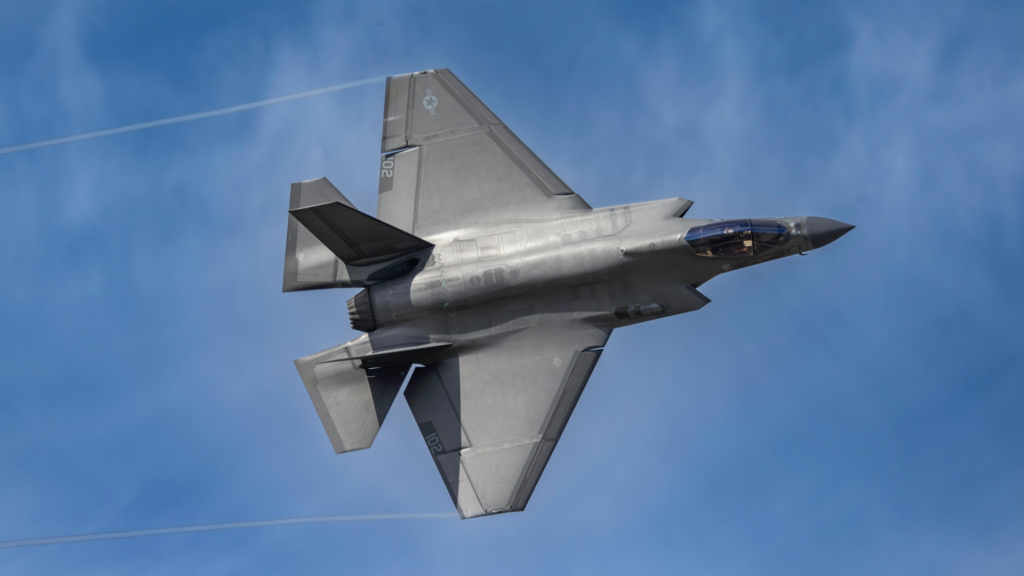
5. The F-35’s Controlled Partnership Model
Unlike the Raptor, F-35s are extensively exported within NATO but produce dependencies with their sustainment model. With critical systems based on U.S.-controlled logistics and mission data networks like ALIS/ODIN, cutting off support would rapidly reduce allied fleets to ruin. Export-controlled sealed components and centralized U.S. facility mission planning ensure most operators cannot have full capability without them. Israel’s F-35I Adir is the only variant to have sovereign maintenance and software control.
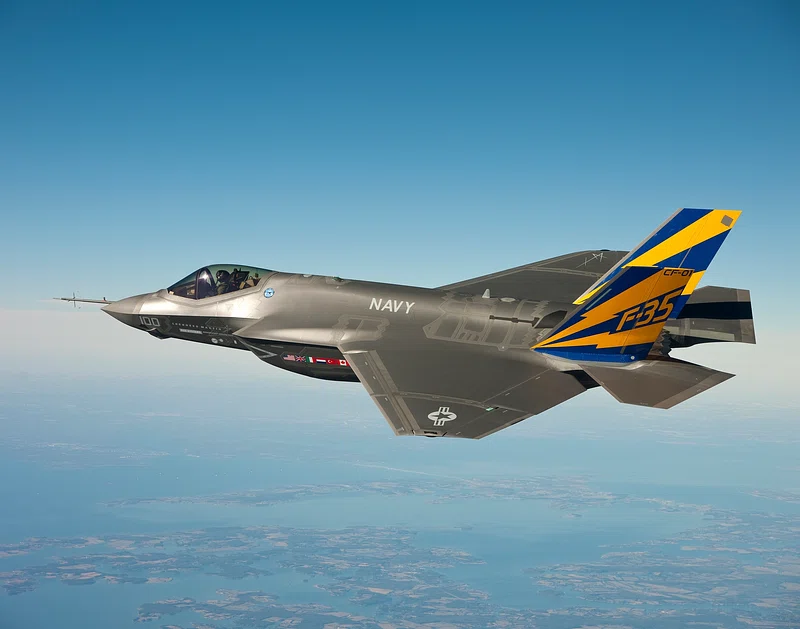
6. Incorporating Loyal Wingman Drones
The U.S. and China are both flight testing uncrewed “loyal wingman” aircraft to complement manned fighters. The U.S. Collaborative Combat Aircraft program seeks to expand the reach and survivability of platforms such as the F-22 and F-35. Chinese simulations report high win rates for J-20s with two wingmen, but without wingmen, the Raptor dominates. This new domain will likely influence future air combat, but the U.S. is already airborne with prototypes, continuing to build its lead.

7. The Strategic Value of Exclusivity
Through the retention of the F-22 as an American-only asset, Washington guarantees that its premier air superiority instrument is placed beyond the reach of foreign control or emulation. This exclusivity compels NATO allies to rely on the F-35 for stealth missions, while the Raptor occupies the most risk-rich missions. In a contested battlespace, this role split positions the U.S. at the apex of operational decision-making and technological advantage.
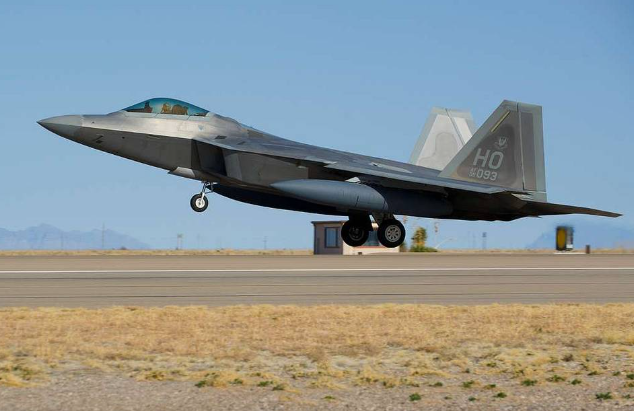
The F-22 Raptor’s unique blend of stealth, agility, and exclusivity ensures the United States has a stranglehold on NATO’s air power hierarchy. Though allies contribute valuable fleets and capabilities, none have the same penetration capability against current air defense systems. As loyal wingman drones, next-generation fighters, and emerging stealth technologies come into service, lessons learned during the Raptor era will continue to influence strategy protecting the U.S. with both the qualitative and quantitative advantage in the skies.
